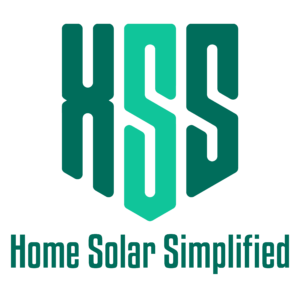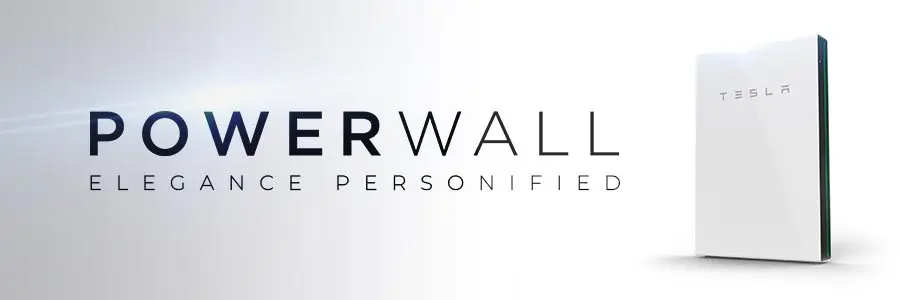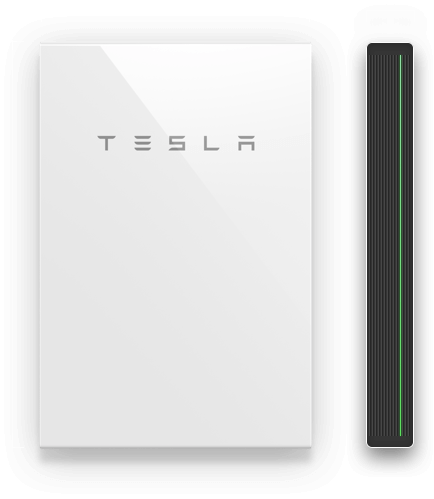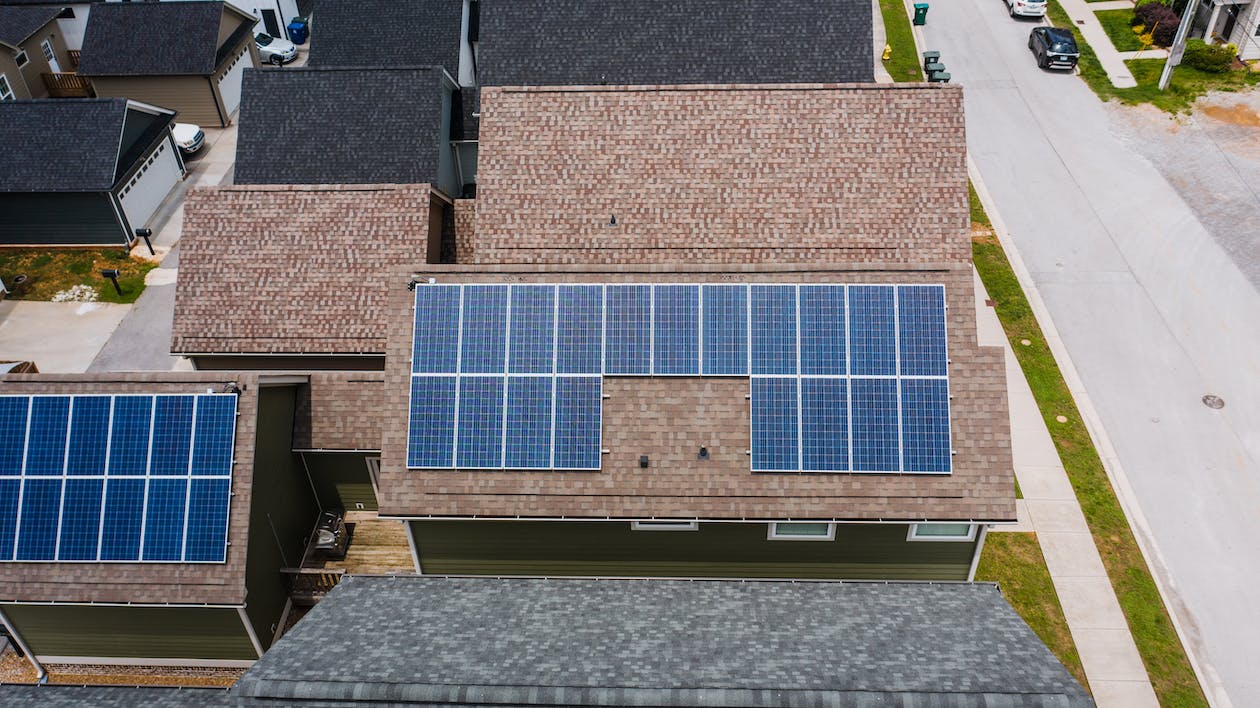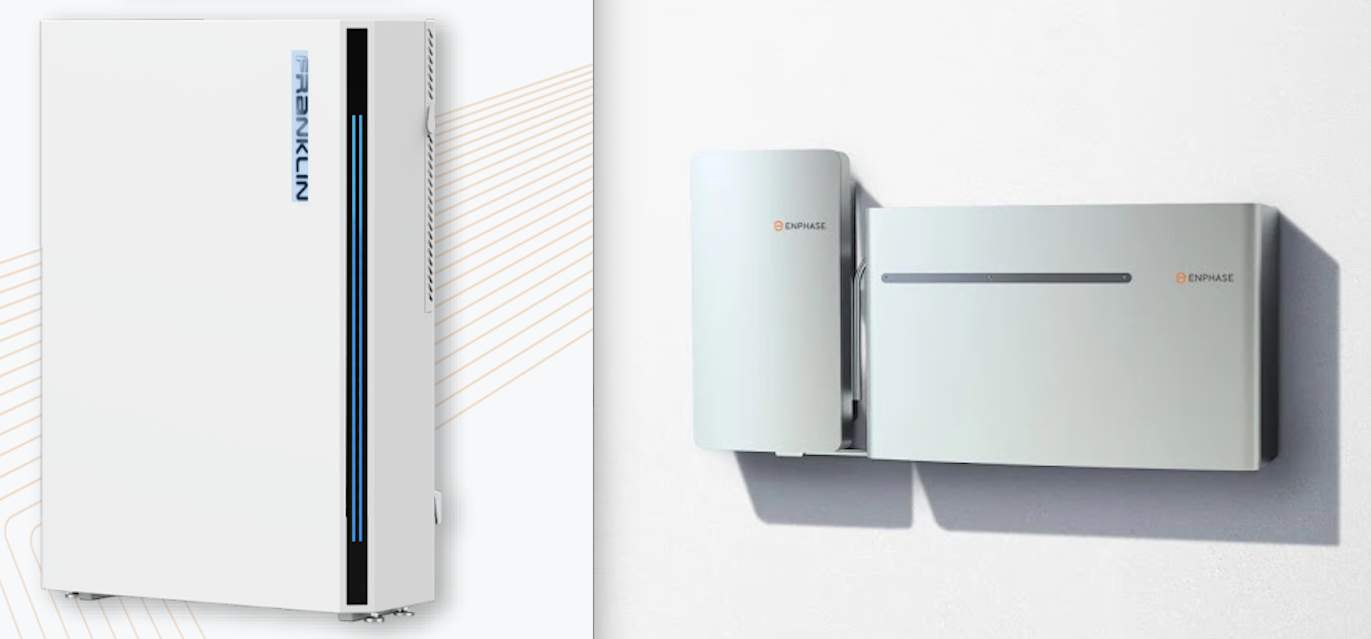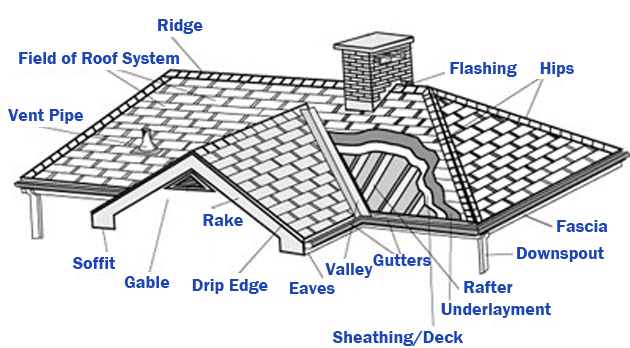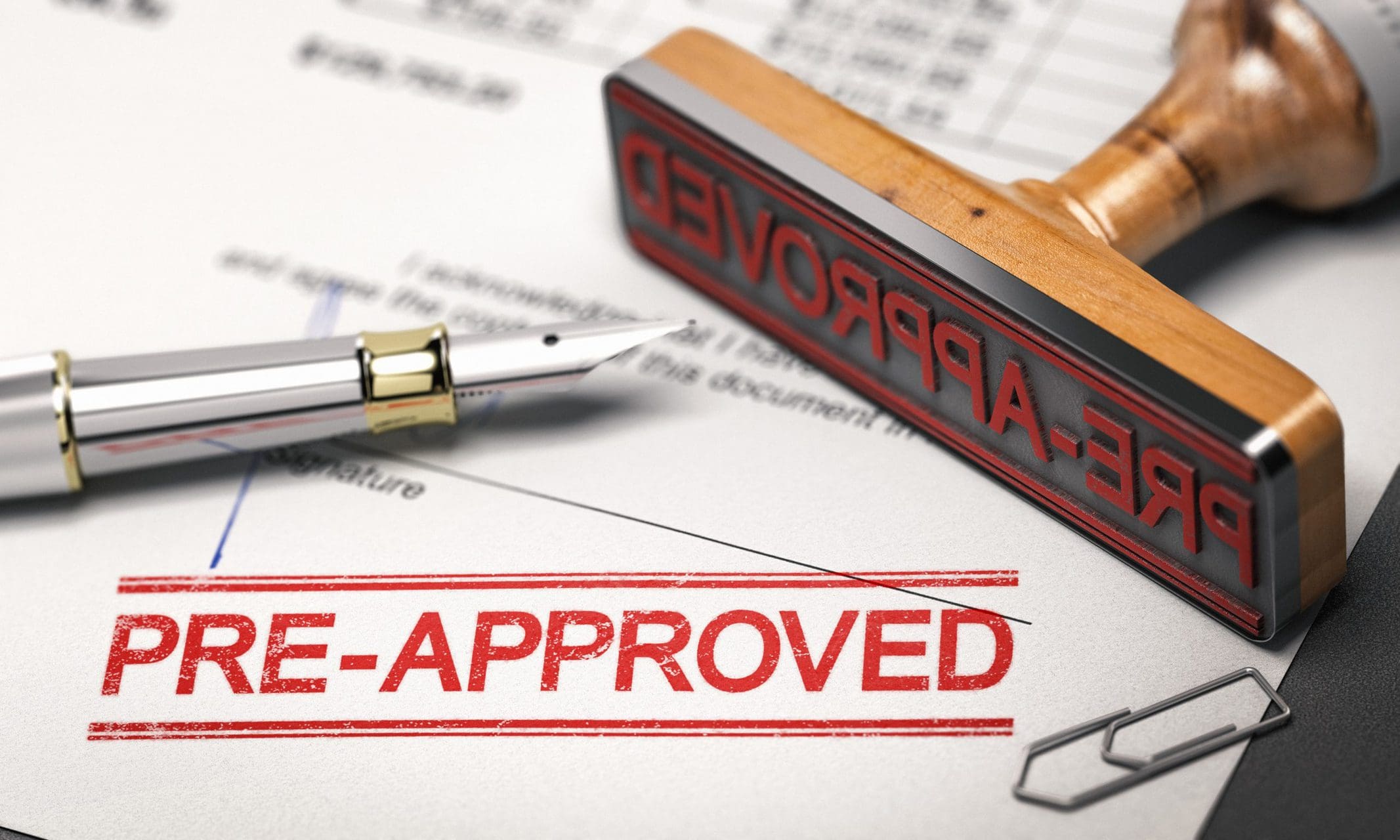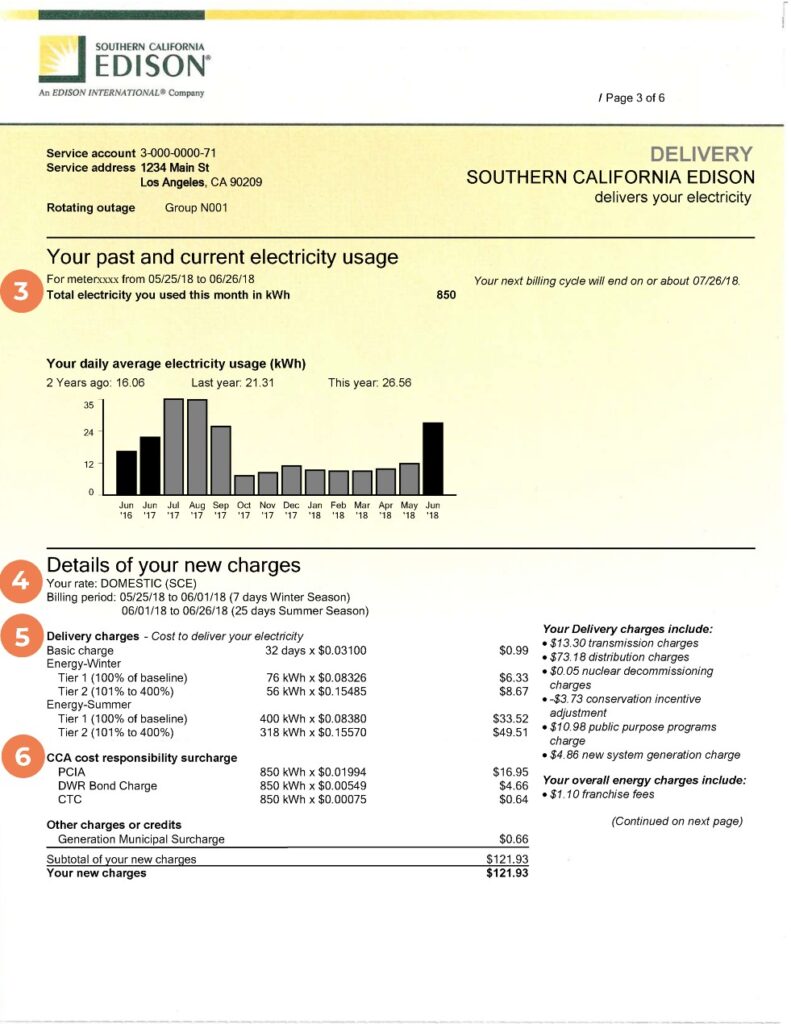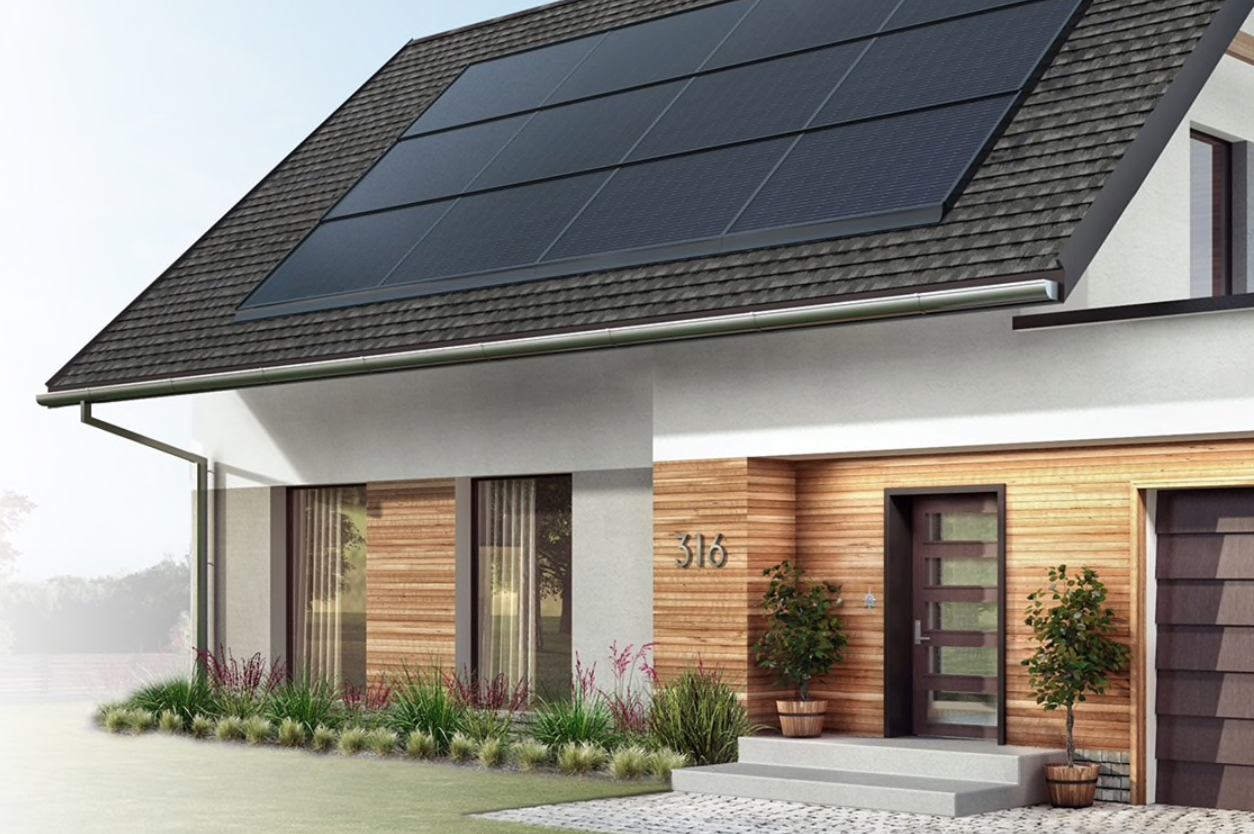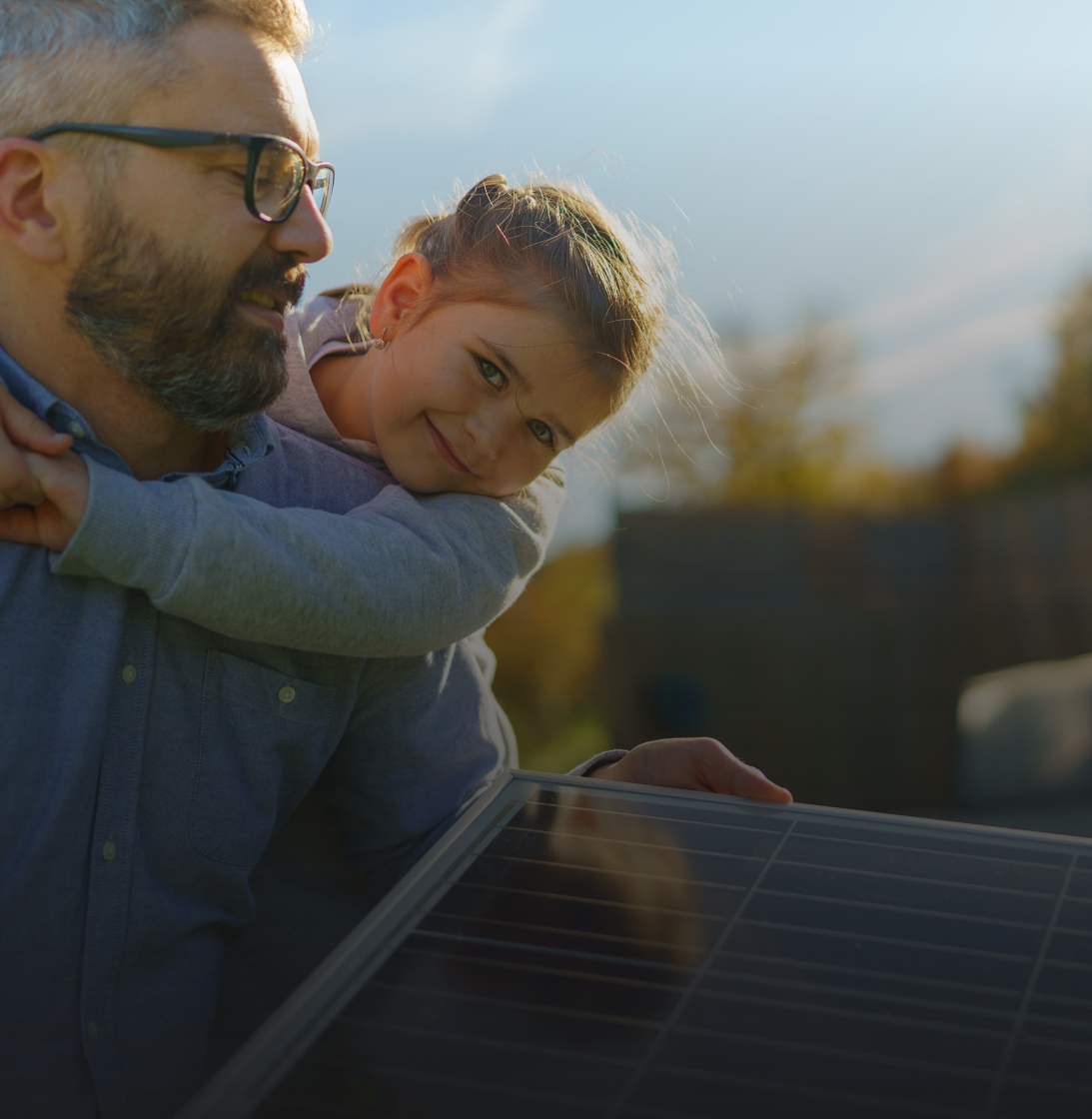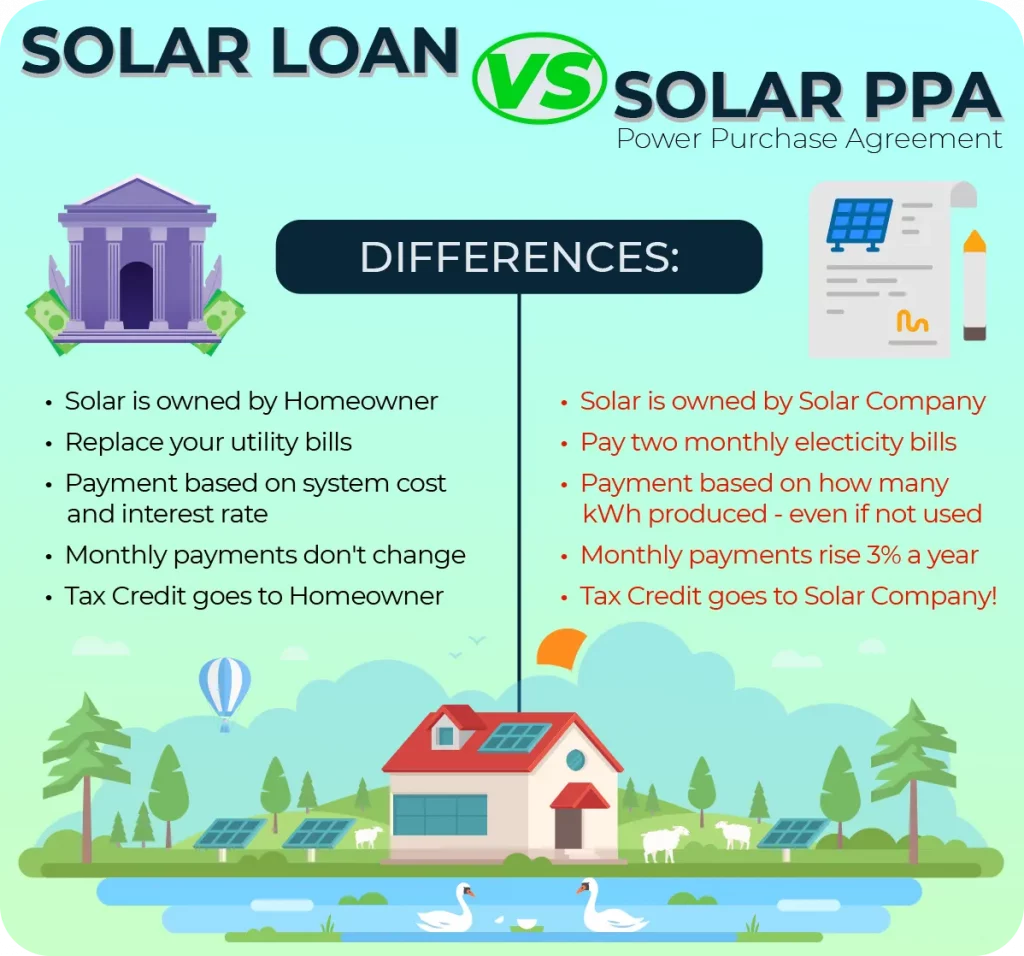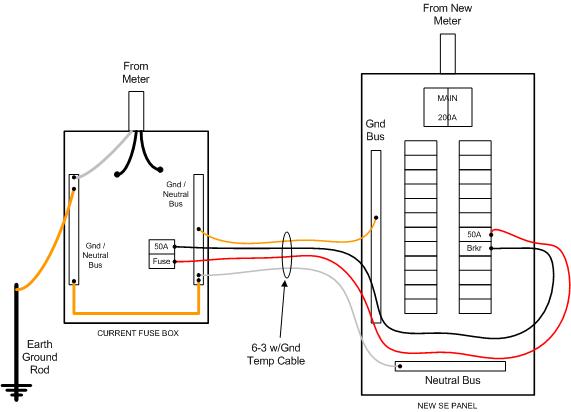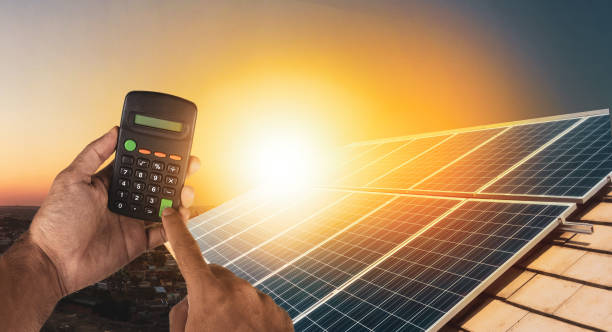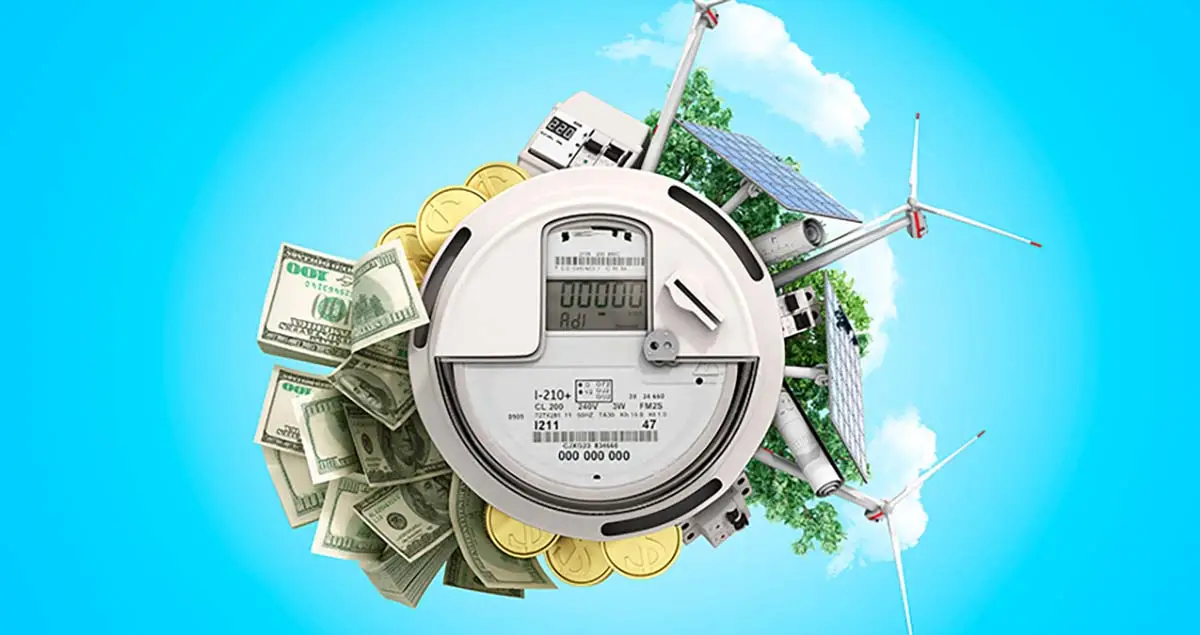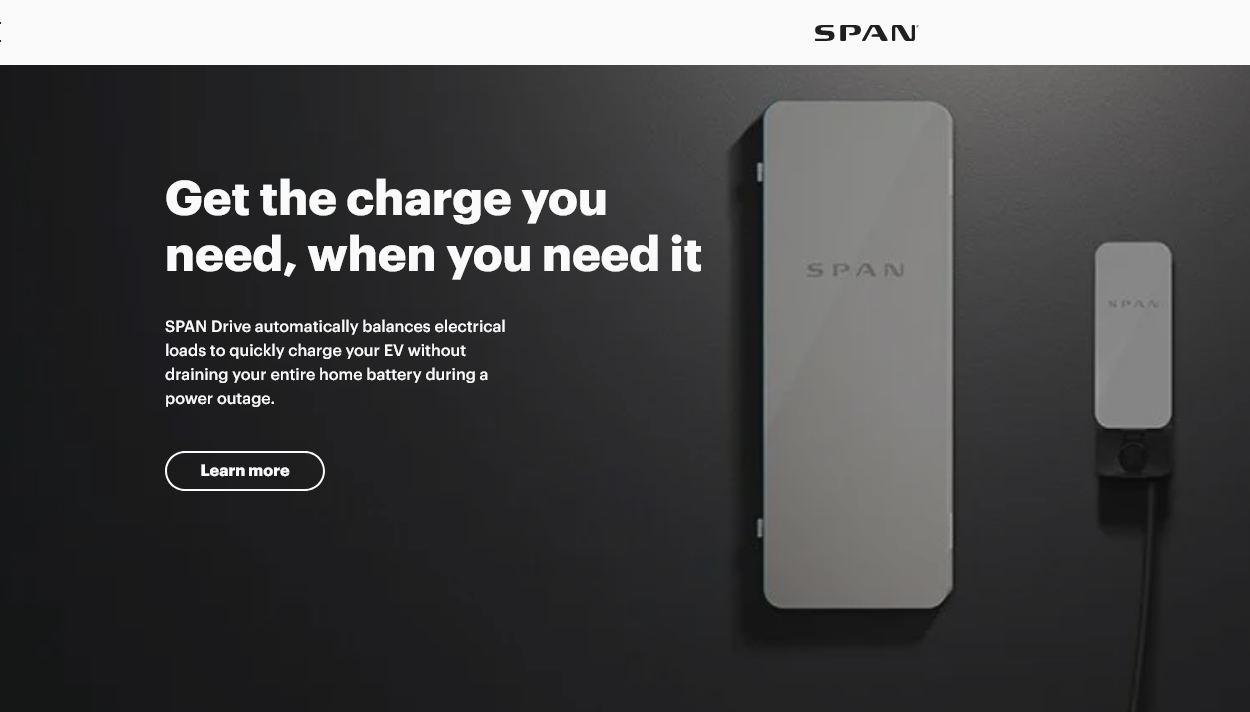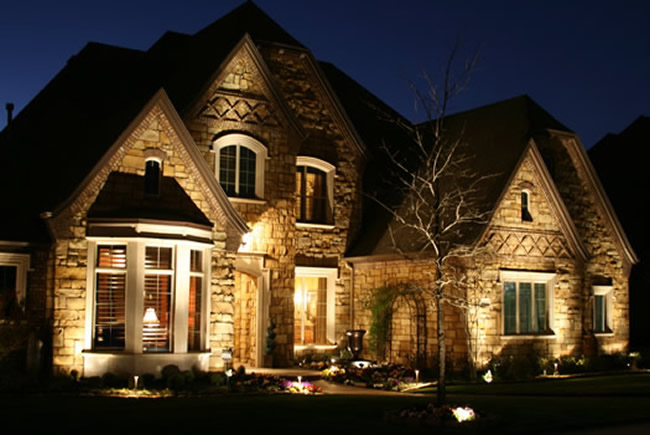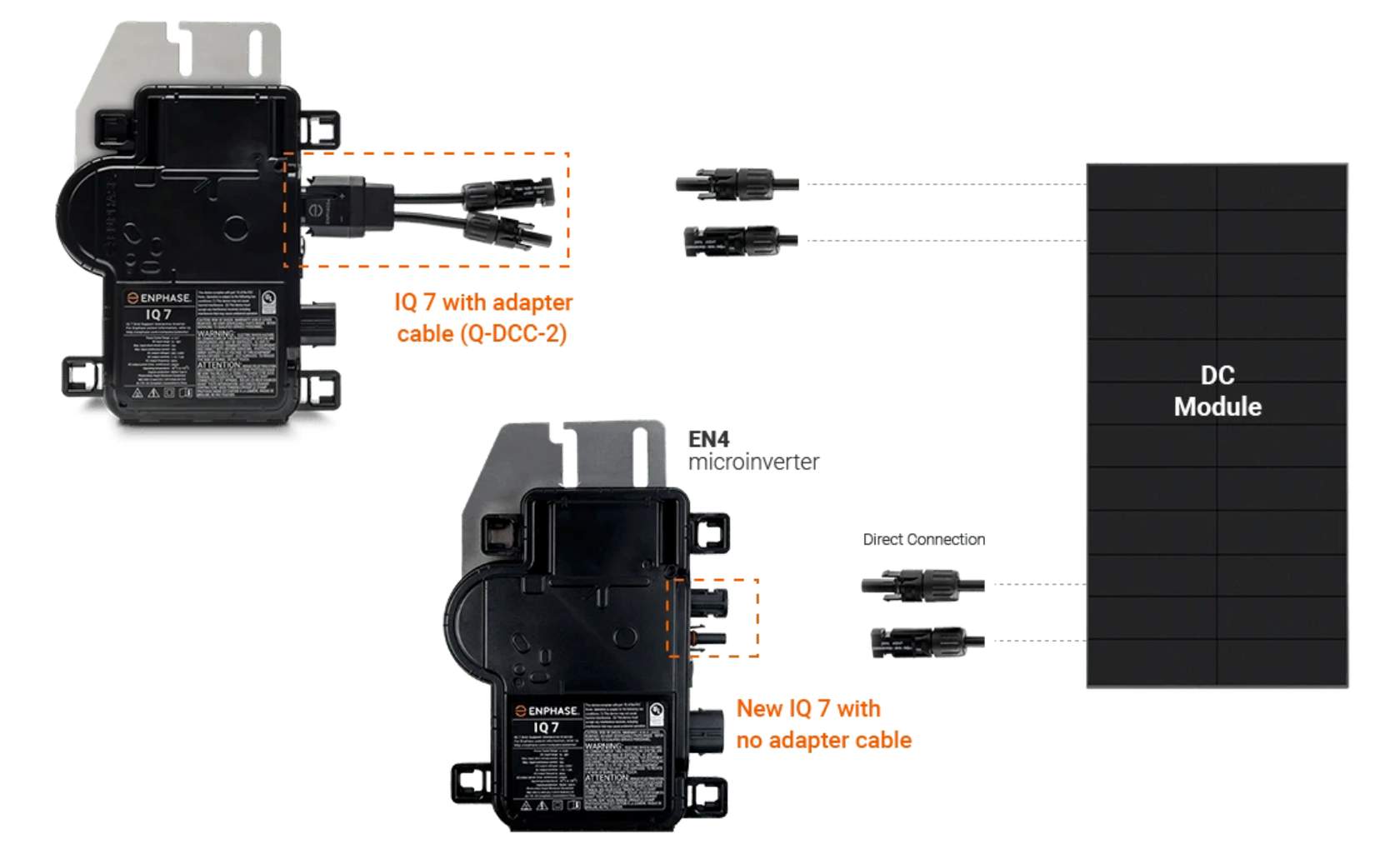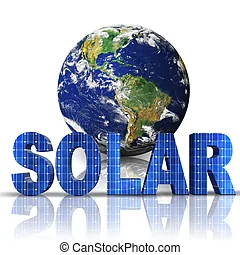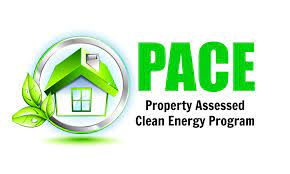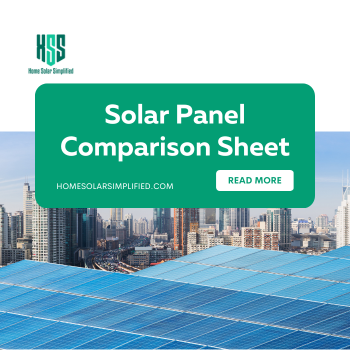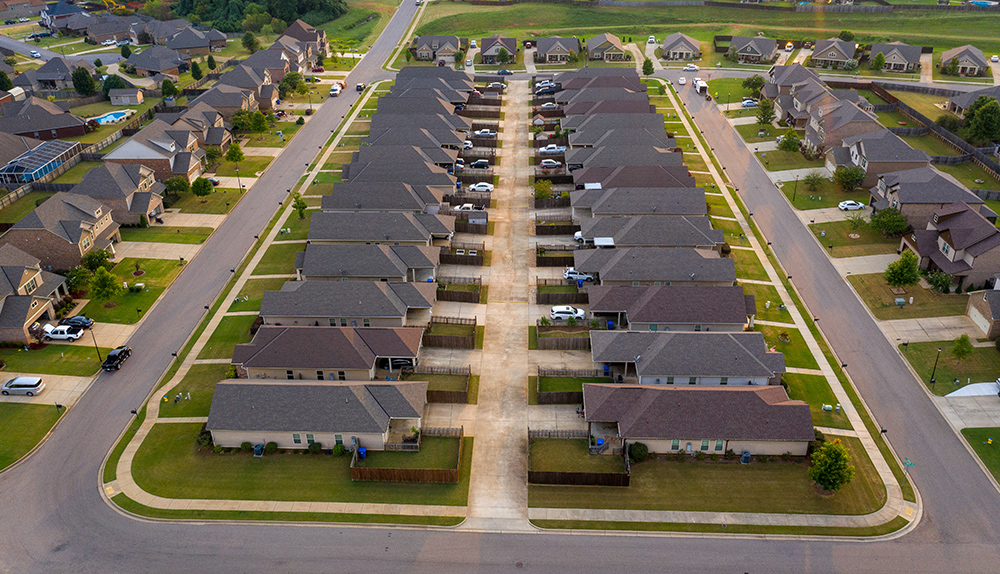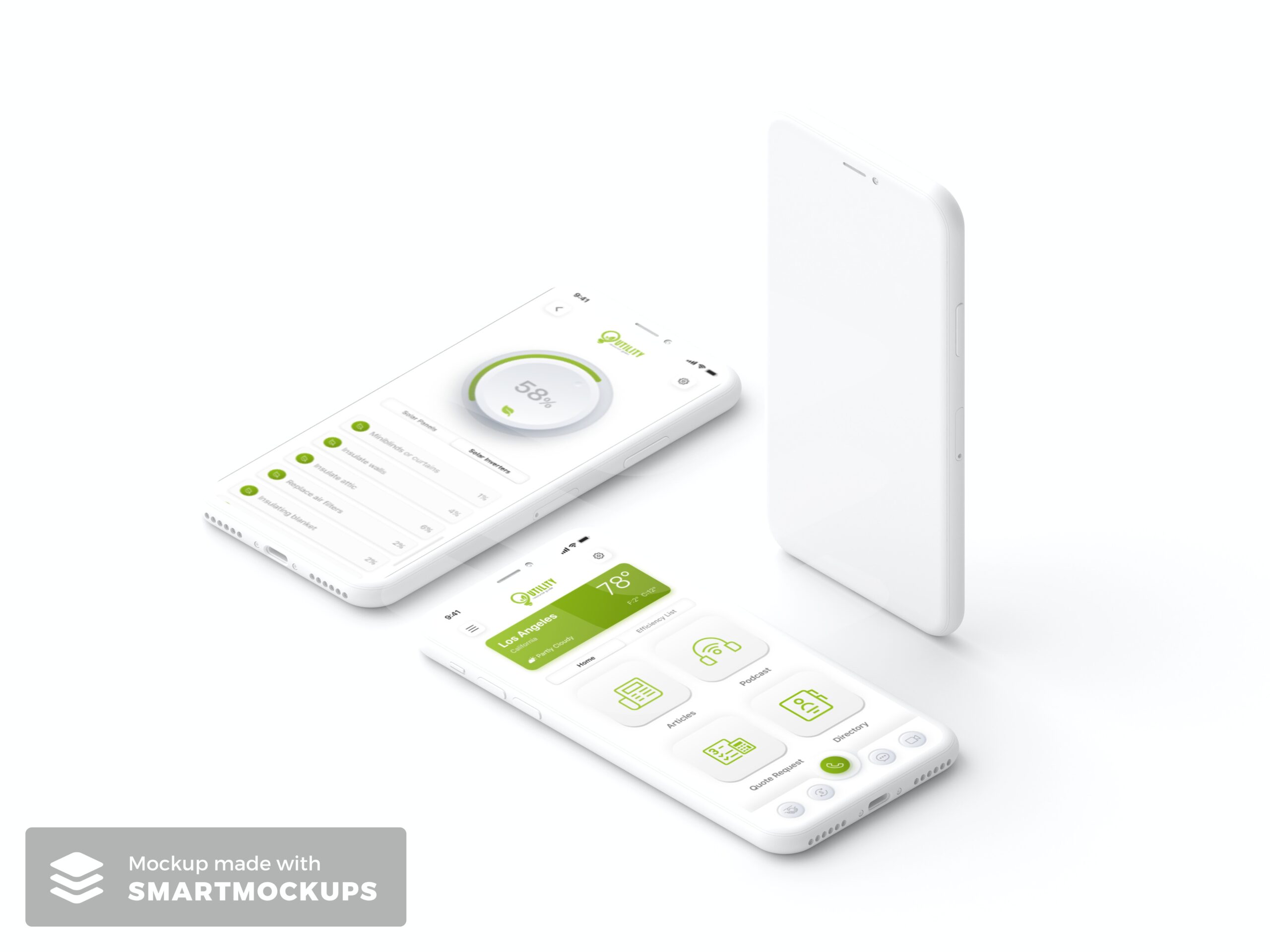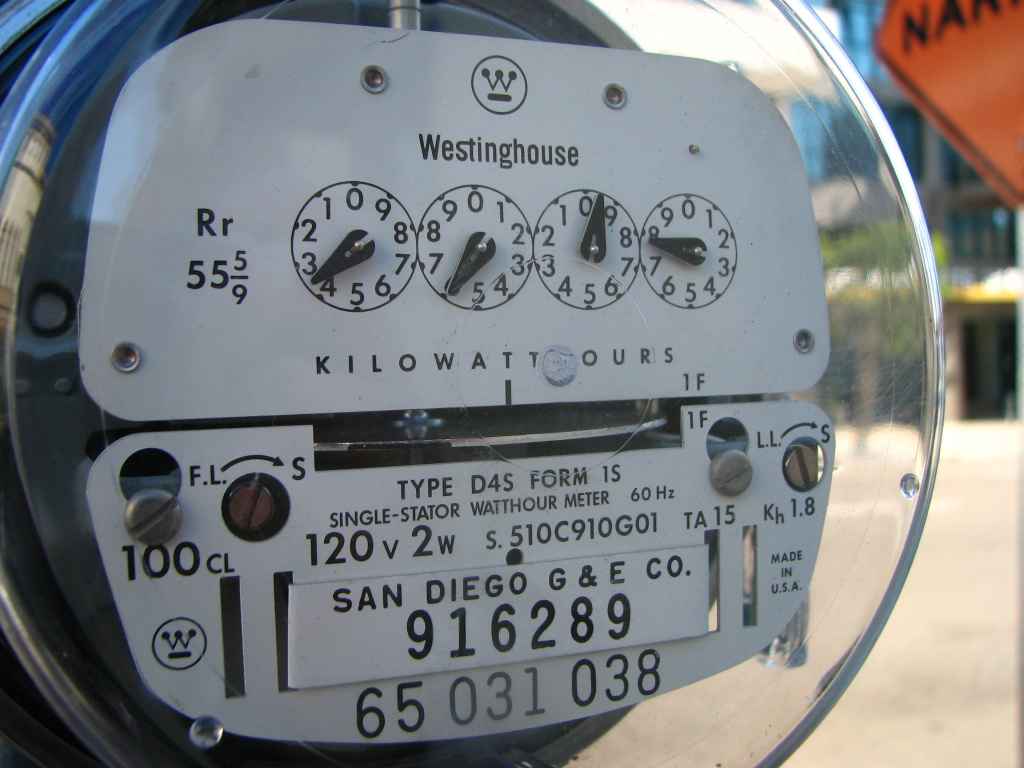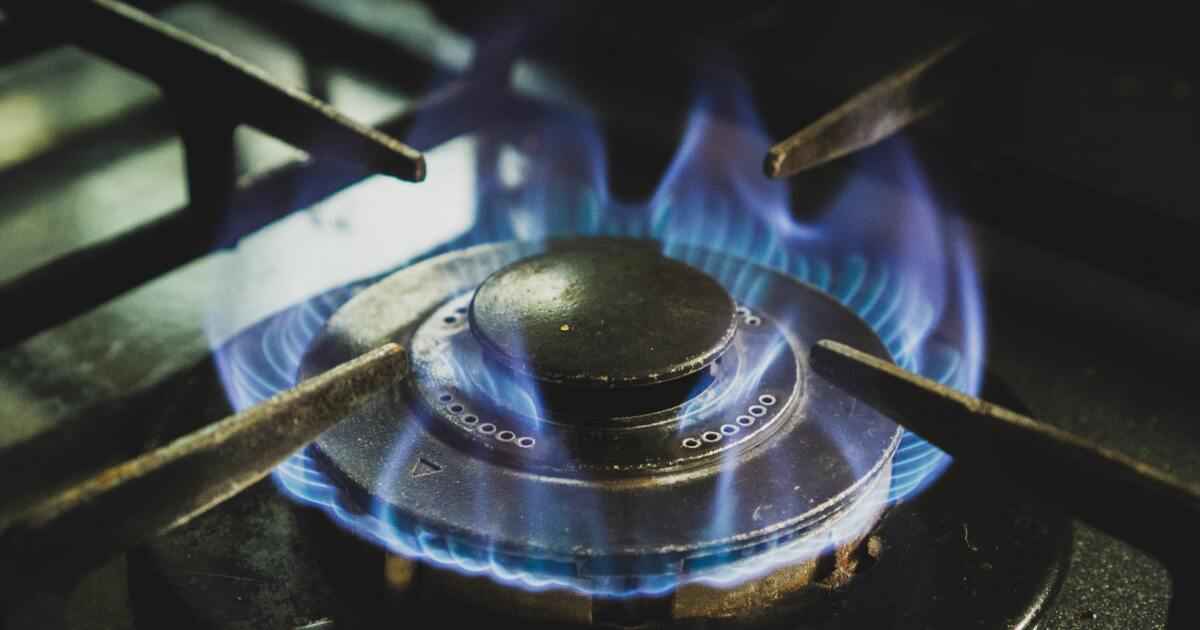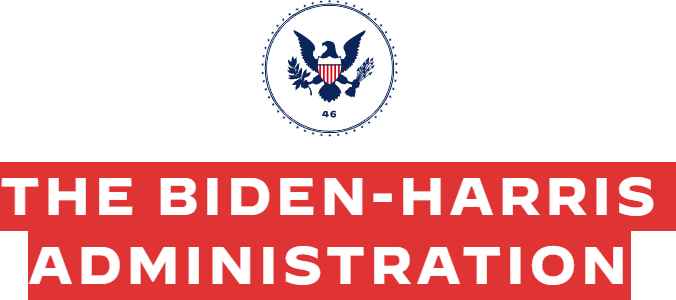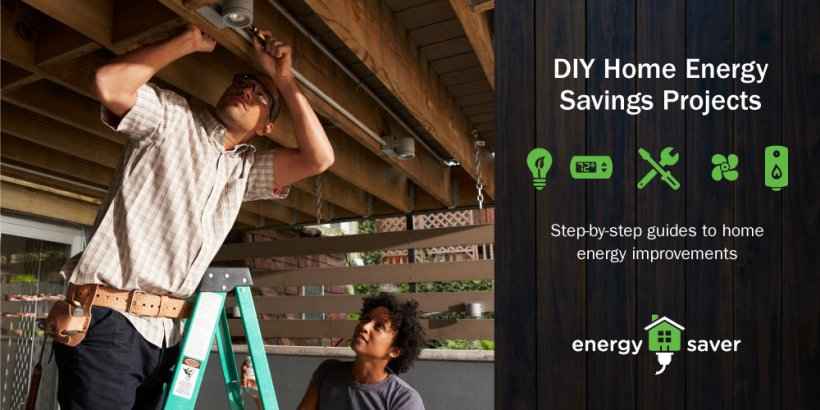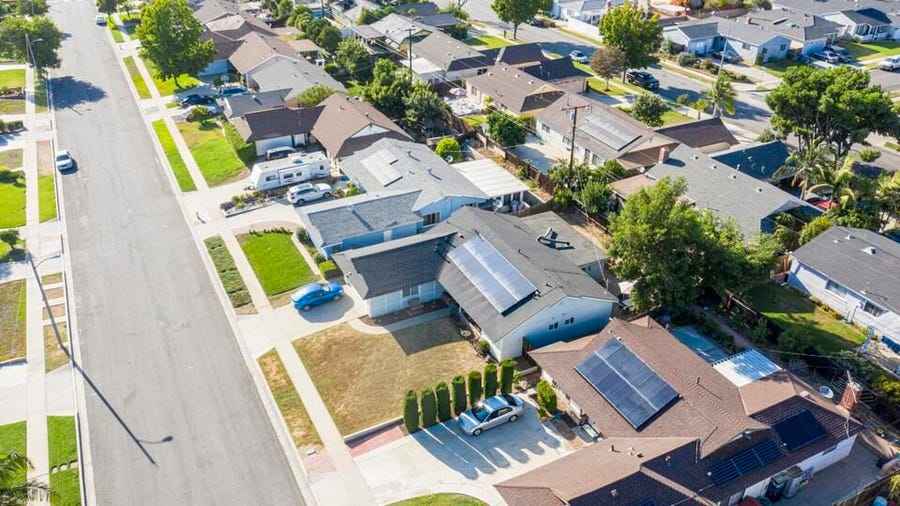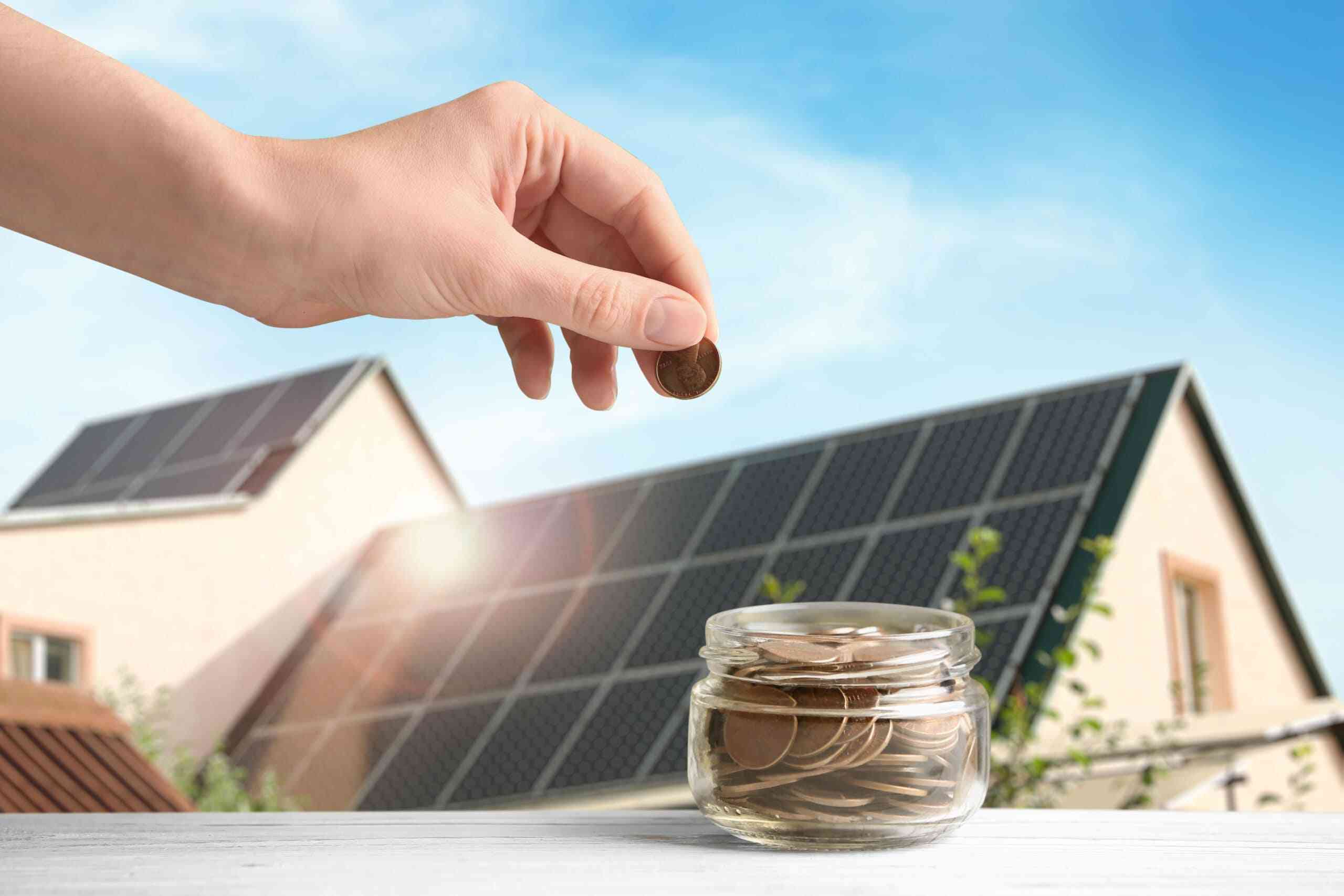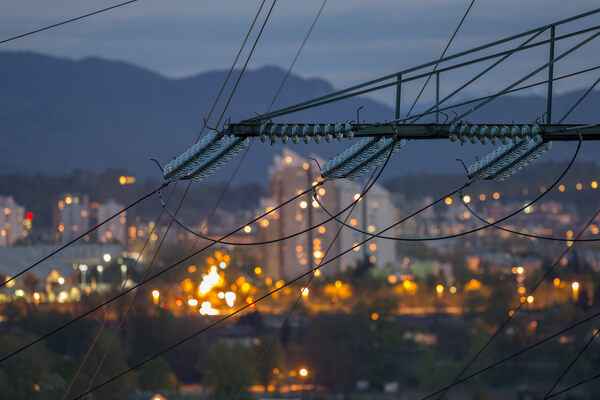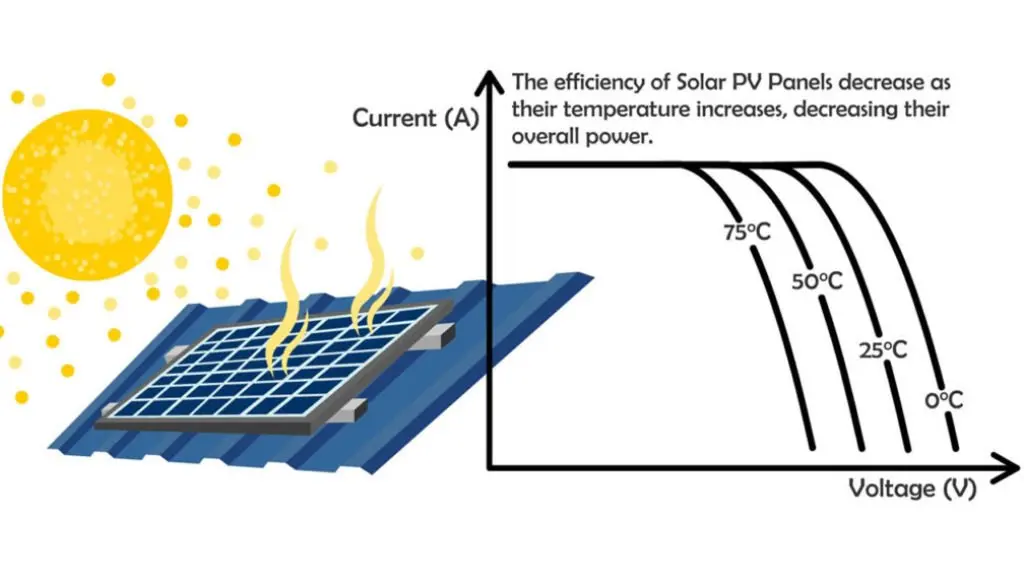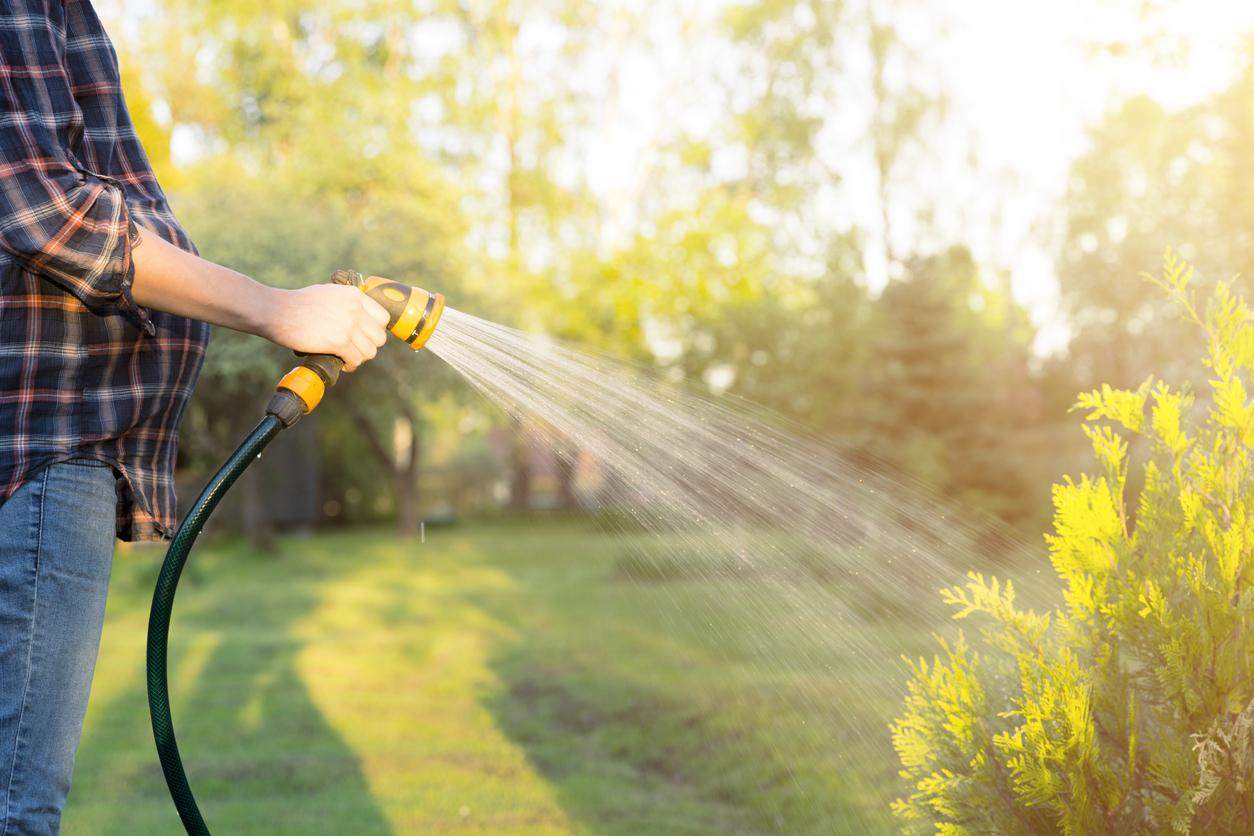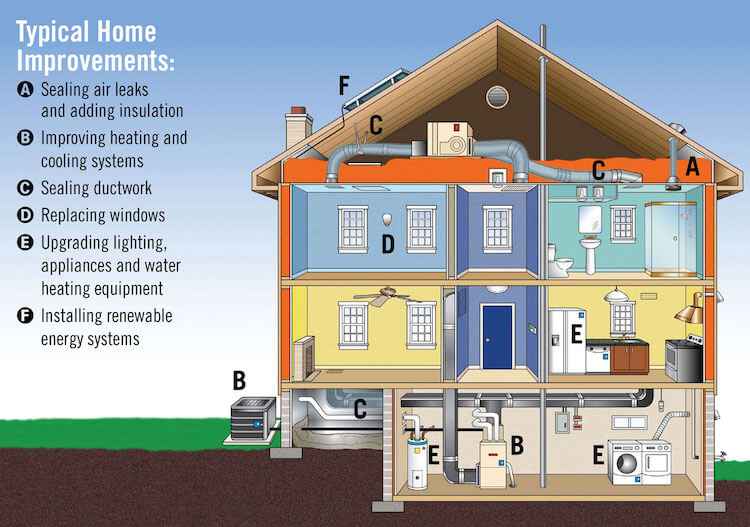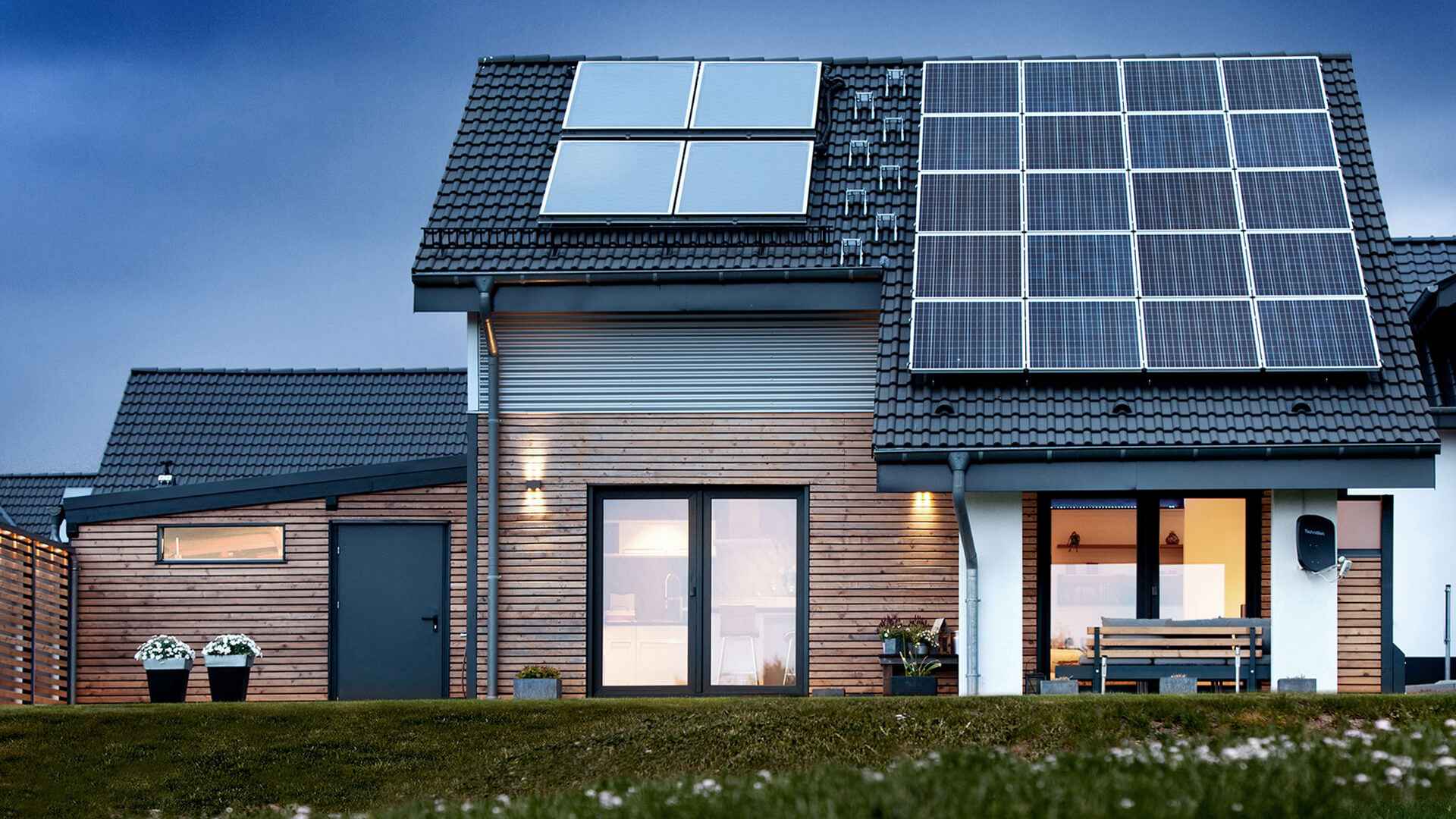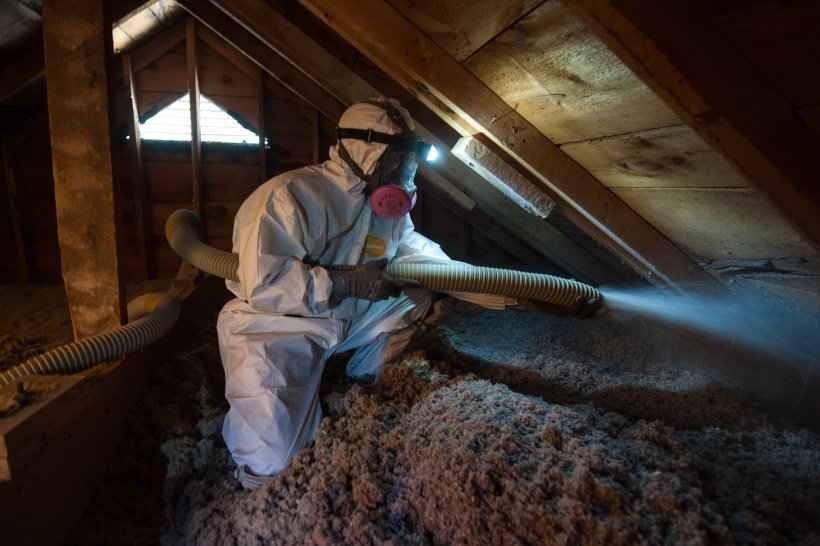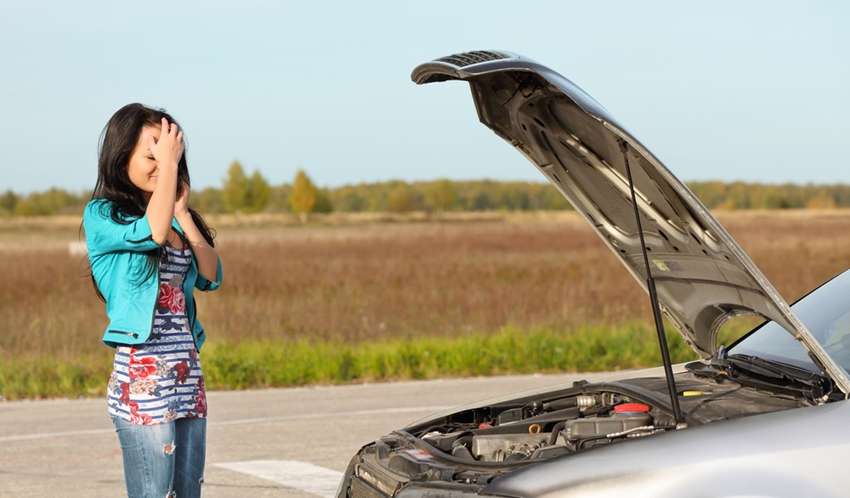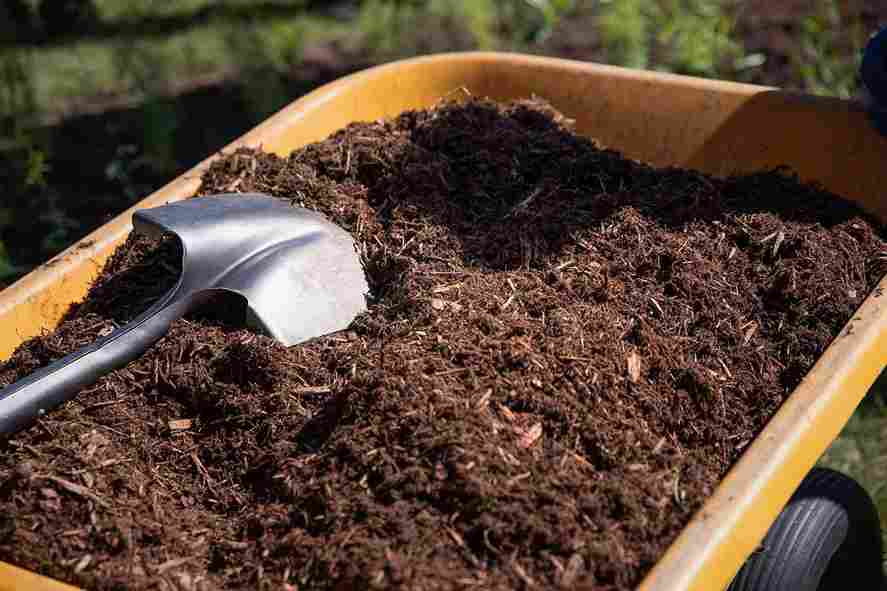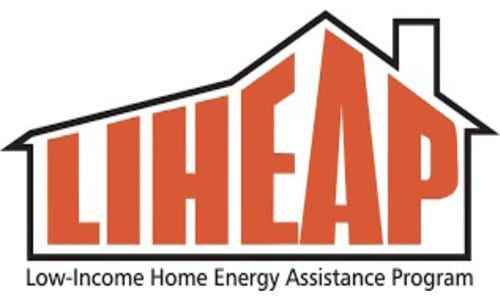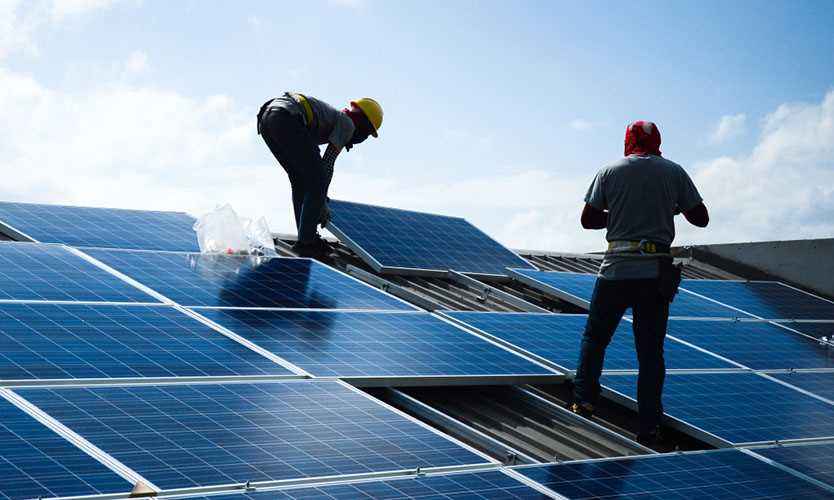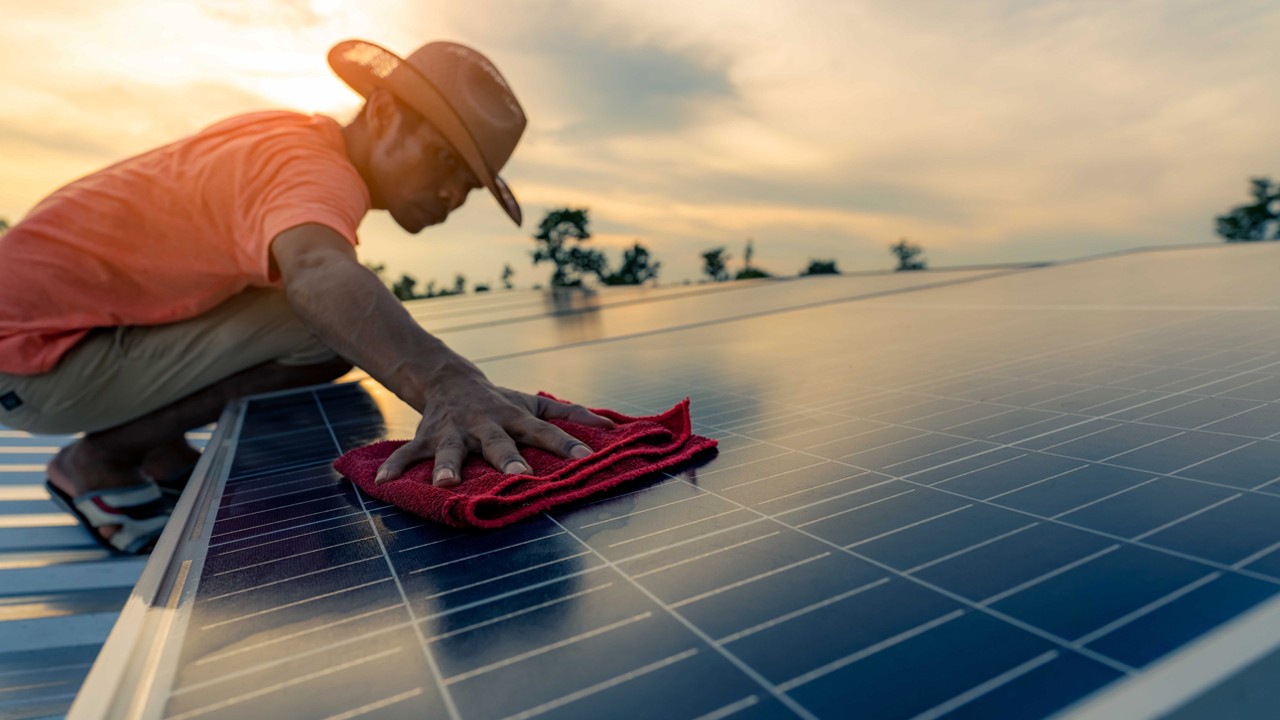
When designing solar panels, durability is a paramount consideration, allowing them to endure both regular and extreme weather conditions over decades. It’s natural for customers to have questions about panel maintenance. Here, we’ll address common queries about upkeep:
Frequently Asked Questions about Solar Panel Maintenance
Many individuals inquire about proper care methods for solar panels and seek recommended approaches.
For those seeking in-depth insights, the National Renewable Energy Lab (NREL) has released an extensive 153-page guide outlining optimal practices for the operation and maintenance of photovoltaic and energy storage systems. However, we’ll cover some key points here.
(Unlock the guide here: Best Practices for Operation and Maintenance of Photovoltaic and Energy Storage Systems; 3rd Edition https://www.nrel.gov/docs/fy19osti/73822.pdf)
Avoid These Cleaning Methods
Not Always Necessary: Solar panels are engineered to withstand various environmental conditions, including dust, dirt, and light debris. Hence, frequent cleaning is often unnecessary. It’s vital to know what cleaning methods to avoid before attempting any cleaning. Protect Tempered Glass: The tempered glass surrounding solar cells is a crucial element of panels. To maintain its integrity, it’s crucial to avoid using materials like steel wool or abrasive brushes. These can scratch and damage the glass, hampering sunlight transmission. Handle Laminations with Care: The laminations on panel surfaces consist of specific compounds to safeguard cells and enhance performance. Abrasive chemicals, harsh solvents, or rough cleaning tools can damage these laminations, potentially reducing efficiency and lifespan. Mind Glass Scratches: The smoothness of the glass surface is essential for optimal light transmission. Even minor scratches can disrupt this, reducing sunlight reaching cells and diminishing power generation. Impact on Efficiency: Scratched glass can significantly compromise panel efficiency, leading to decreased light absorption and energy output. Over time, this can accumulate and cause noticeable power reduction. Gentle Cleaning Approach: If homeowners choose to clean panels, selecting the right method is crucial. Instead of harsh cleaning solutions or abrasive tools, opt for gentler means. A mixture of mild soap and warm water, along with a soft sponge or cloth, can safely remove light dirt and debris.
Dealing with Snow
In specific regions, snow removal is a concern that raises questions about energy production and maintenance.
Gravity’s Role: Rooftop solar installations typically match the roof’s angle, allowing gravity to aid snow removal. Even when covered by a thin layer of snow, panels maintain their electricity-generating capability. Photons within the UV light spectrum can penetrate snow, reaching panels and sustaining functionality.
Solar panels capture sunlight, generating heat on contact. Consequently, snow on panel surfaces usually melts quickly. Dedicated snow maintenance measures are generally unnecessary. Snow sliding off panels ensures uninterrupted energy production.
Addressing Other Obstructions
Rooftop environments often host critters like squirrels and birds, occasionally affecting panel performance, though significant issues are rare.
Squirrels and Birds: These animals might find spaces beneath or around panels suitable for nesting or shelter. Their presence might cause localized shading or blockages, marginally reducing affected panel efficiency. Bird Droppings: Droppings minimally impact panel performance; rain and weathering cleanse panels. Sunlight reduction due to dirt or droppings is usually negligible. Critter Guard Protection: “Critter Guard” measures prevent nesting animals, debris, and leaves. They defend against critters and maintain efficiency and longevity. While critters might slightly affect energy production, measures like Critter Guard ensure optimal performance. Visual Inspection and Maintenance: Occasional inspections identify debris buildup, nesting, or critter-caused damage. Timely action prevents minor issues from escalating. Longevity and Low Maintenance: Solar arrays last 30+ years and require minimal upkeep. Rain cleans panels, and robust construction resists critter impacts without major performance loss.
In summary, critters pose minor challenges to panel performance, but preventive measures and inspections maintain clean, functional arrays for optimal energy production throughout their lifespan.
